

Chess is one of the oldest strategy games and one of the most popular games in the world, played by millions of people. The board game of chess is a great way to practice tactics, strategy, and visual memory. Royal Chess is a 2-player checkered game with 64 squares arranged in an 8x8 grid, played online. With 3D gameplay, Royal Chess will take you on an unforgettable adventure that will help you slay boredom, sharpen the senses, and exhilarate the spirit.
In the Quick Match gameplay, you will play Royal Chess against live opponents from around the globe. The star feature of this gameplay will be a 10 minutes timer that will help you manage time and create super-fast strategies in real-life scenarios.
“One bad move nullifies forty good ones.” - Bernhard Horwitz
Unlike Quick Match gameplay, the player can play Royal Chess with their friends by sharing the room ID. The star features of this gameplay are the flexible timer that the player who has created the challenge can set at his/her convenience.
“Chess makes men wiser and clear-sighted.” - Vladimir Putin
In the Practice Match gameplay, the player can hone their chess skills which will help them create strategies to checkmate their opponent’s king in a real match. Moreover, through this gameplay, the player will come to know about the Royal Chess game rules that we have discussed below.
“Chess is the gymnasium of the mind.” – Blaise Pascal
White takes the initial turn, and then each player has a turn, moving one piece. A piece is moved to an open square or one that is already occupied by an enemy piece, which is then captured and eliminated from the game.
The six different types of pieces move in six different ways. Typically, pieces are placed so that they can capture other pieces (by landing on their square and then exchanging them), protect their pieces in the event of capture, or take control of significant game squares.
Although it is one of the weakest pieces, the king is the most crucial. Only one square can be moved by the king in any direction, including up, down, to the sides, and diagonally. The king may never put the opponent in check (where he could be captured).
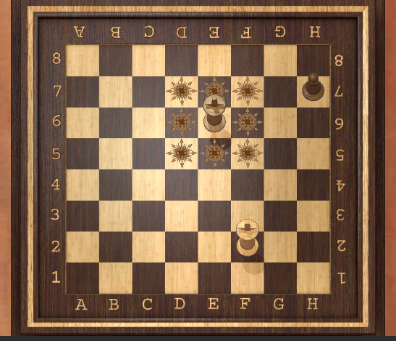
The queen is the piece with the most clout. She is allowed to go as far as she can in any one straight direction, whether it be forward, backward, sideways, or diagonally, as long as she doesn't go through any of her pieces. The queen's turn is finished if she captures an enemy piece, just like with all other pieces.
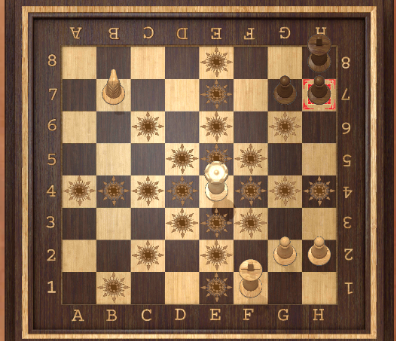
The only directions in which the rook may move are forward, backward, and to the sides. When they cooperate and defend one another, the rooks are especially potent pieces.
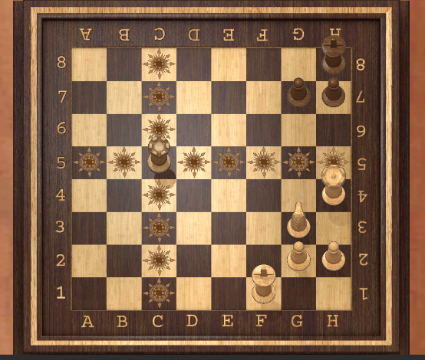
The only direction in which the bishop may move is diagonal. Each bishop must begin with one color (light or dark) and remain there at all times. Bishops complement one other nicely because they hide each other's flaws.
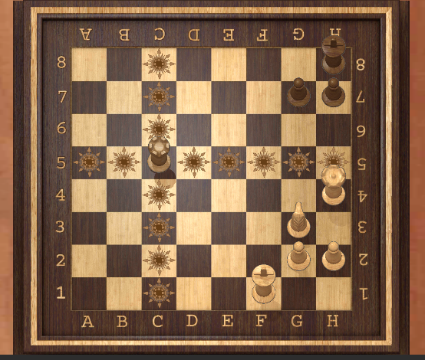
Knights move considerably differently from the other pieces; they first move two squares in one direction before making one additional move that forms an "L"-shaped turn at a 90-degree angle. The only pieces that can move over other pieces are knights.

Pawns are limited to capturing one diagonal square in front of them. They are unable to advance or capture in reverse. If there is another piece directly in front of a pawn he cannot move past or capture that piece.
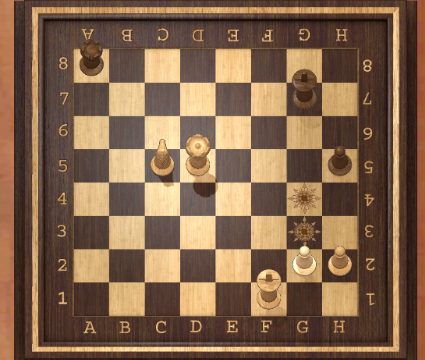
The special moves in the game are among its most intriguing features. Even though they might not be employed frequently in a typical chess game, learning these strategies can offer you an advantage over your rival.
Another unique characteristic of pawns is that, upon crossing over to the opposing side of the board (a move known as promotion), they can change into any other chess piece, except for the king (or pawn, for that matter). A pawn could promote to become a queen, knight, bishop, or rook. It's a frequent misperception that pawns can only be traded for a captured piece. This is not accurate. Usually, a pawn is promoted to a queen.
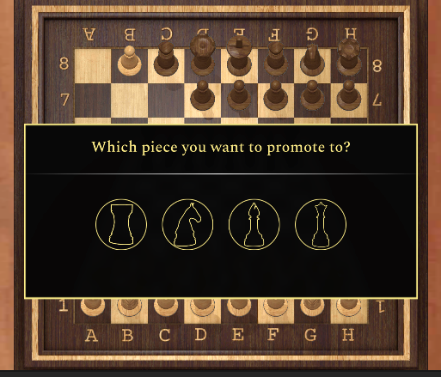
En passant, which translates to "in passing" in French. As per this rule, a pawn can choose to capture the first pawn as it goes by if it first moves out two squares and lands to the side of an opponent's pawn, therefore bypassing the other pawn's potential to capture it. The initial pawn must be pushed beyond shortly after making this special move; otherwise, the possibility to capture it is lost.
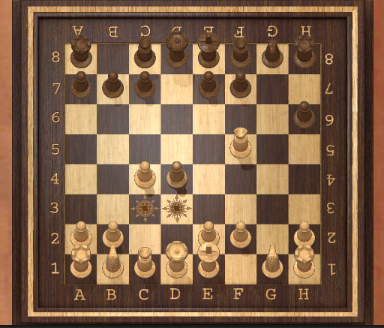
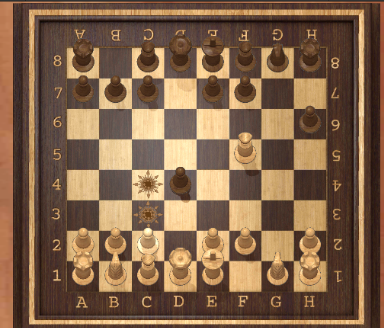
You can accomplish two crucial tasks with this move: move your rook out of the corner and into play, and move your king to safety (ideally). However, the following prerequisites must be satisfied to perform castling:
It should be the very first mover for the king.
There cannot be any pieces between the king and rook that can be moved, therefore it must be that rook's initial move.
The king might not be under check or get through check.
The king is located nearer the board's side in one orientation. This is referred to as castling "kingside." Castling "queenside" means castling to the opposite side through the area where the queen sat.
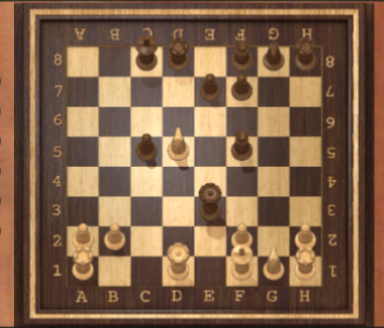
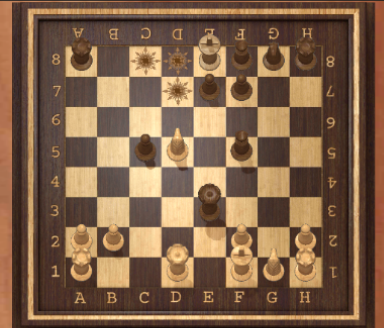
A king is considered to be in check when it is directly under attack. A move in response to a check is only valid if it places the king in an unchecked position. A king can only escape control in one of only three ways:
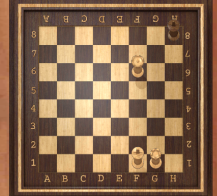
The object of the game is to checkmate the king of the opposition. It is a situation when the player whose turn it is to move is checked and cannot make a move to free himself.
The game is lost as the king cannot escape checkmate. The game is typically ended without the king being captured or removed from the board. Early in the game, if one of the players doesn't play attentively, a checkmate could occur. A checkmate that occurs in just two moves is known as a Fools mate.
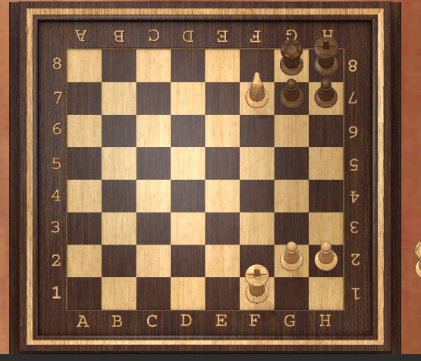
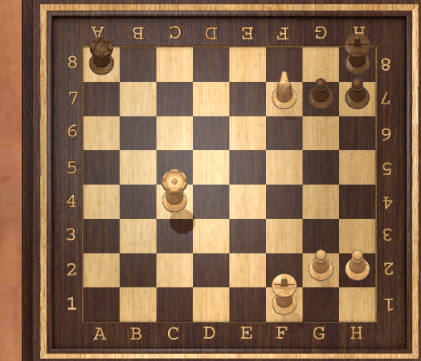
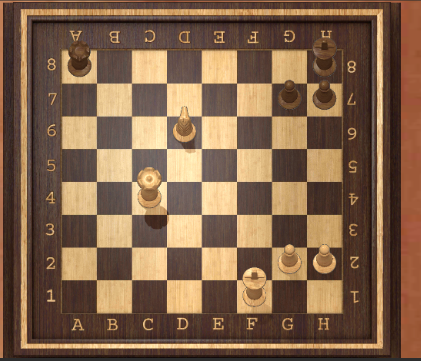
When neither player wins nor loses, the game concludes in a draw or a tie. When the game is deadlocked, either of the two players may request a draw, and each wins a half-point. Higher-rated players are more likely to have a draw, but even if you're still a novice or intermediate player, you should be familiar with all the types of draws so no one takes you off guard:
When a player who has to move has exhausted all of his options and his king is not under check (otherwise, it would be a checkmate!), a draw-by stalemate happens. A stalemate cannot occur unless the action that led to it was legitimate.

This situation happens when both the players cannot checkmate the opponent's king. The game finishes in a tie if it comes to this and the move that led to the position was legal. If none of the following applies to either side, and there are no pawns on the board: King and bishop, same squad bishop, king and knight, and a lone king.
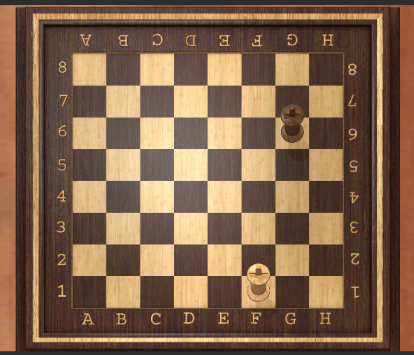
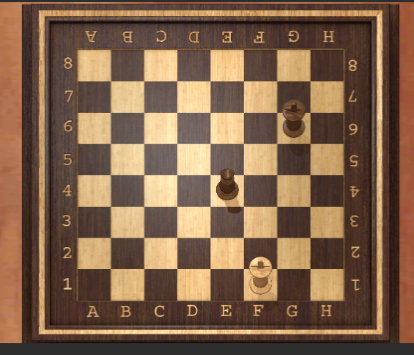
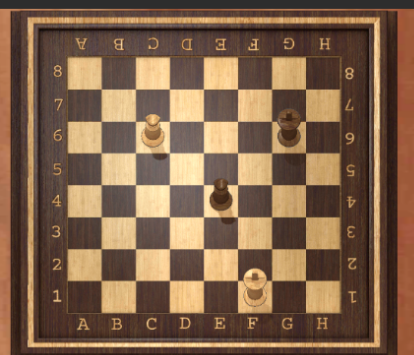
In a single game, a player may request a draw at least three times when a position has been reached or is likely to be achieved. Only when all the pieces are the same size, color, and shape as they were before, together with all the moves that can be made, is this repeat conceivable. As a result, this position is not regarded as a repetition if capturing en passant was previously an option that is no longer available.
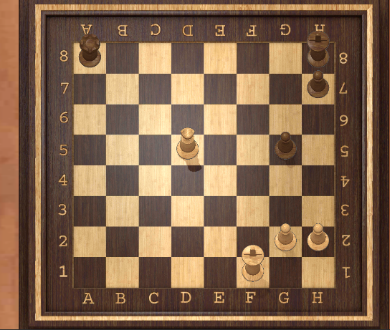
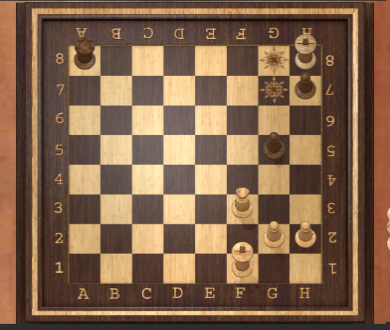

if neither player captures a piece or moves a pawn during the course of 50 moves in a row. This regulation was put in place to stop games from dragging on too long when neither player is improving. You must master the fundamental checkmating patterns to effectively employ this form of a draw. Not being able to checkmate your opponent's lone king despite having enough pieces to do it is the worst feeling in the world
The game is over quickly and both players receive a half-point if, for any reason, both players agree to a draw. In simple words, a game of chess can end in a draw by mutual consent. A draw must be proposed by one of the players and accepted by the other for this kind of tie to occur. The game is not over if the other player declines the offer or continues to play.
In chess, the majority of draws occur through the draw by agreement.